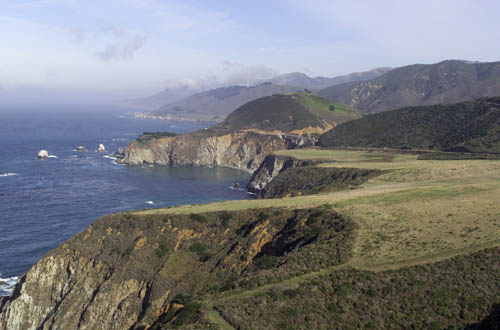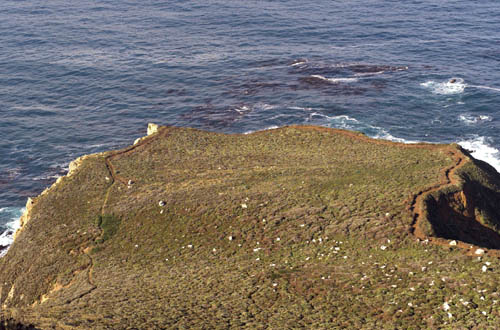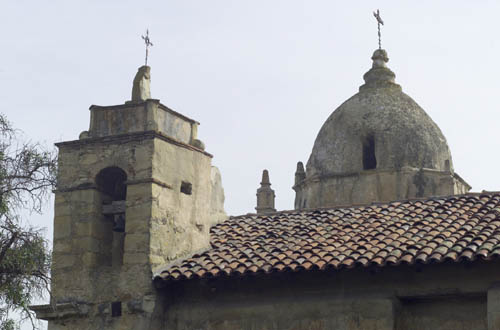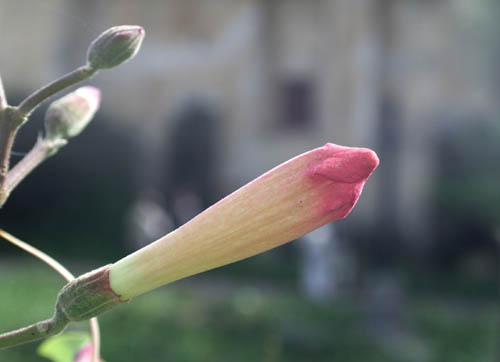|
|
DCS 660 @Big Sur/Carmelby Uwe Steinmueller |
| This is part of out general DCS 660 experience report. |
| Today we gave the DCS 660 a test drive at one of out favorite routs down to Big Sur and a short visit to Carmel. Of course the light and weather is always a critical issue here. The weather and light was kind of ok in the morning with some haze at the coast. |
|
By some misunderstanding I got from a newsgroup that the ISO 200 setting would get me best results although it sounded strange as the lowest setting for the camera is ISO 80. This information was wrong and I now used the following setup:
|
 |
| I think to do the DCS 660 justice we would need a lot more experience using the white balance. Probably the best thing to do would be photographing a gray card at each setting. We did this earlier with the D1 but are now spoiled using Bibble. Bibble allows the same one click white balance as the Kodak software. But in nature you then need a gray card shot as a reference. But Bibble also allows a very fine grained correction by color temperature (the same settings as with the D1, which allows e.g. for sunny 7 sub-settings). So please bare with us if the white balance is a bit off. By the way handling of the white balance is a key issue using digital cameras. |
 |
| The photos have a lot of resolution and substance which will pay off at larger prints Overall the color is very natural (if you get the white balance right) and not overly saturated. From the color the camera is closer to the Nikon D1 than the Canon D30. |
 |
| The following photo got included to demonstrate that cropping is not a problem with DCS 660 photos (there are so many pixels left). This photo also demonstrates the fine subtle colors. |
 |
| What you feel when you use the DCS 660 that this a fully professional camera. This is also apparent with the software. There is only one format "RAW TIFF" and the conversion is done with the Kodak Twain driver (also a file format plug-in for Photoshop is available). The software is functional and efficient and allows also exposure corrections at capture time. |
| Conclusion: The DCS 660 is still defining state-of-the-art for digital SLRs in 2000 and points into the future today. Would I like to own a DCS 660? Yes I would love to have one. Would the weight and size a major issue? The D1 handles easier but for the sake of quality the DCS 660 is just ok. The only thing preventing me to get one now is the price point $15,000 at this time (was $25,000 some months ago). |
| Most of the files (and some extra) you can find in a larger resolution here. |
| For Comments post in our News Group |